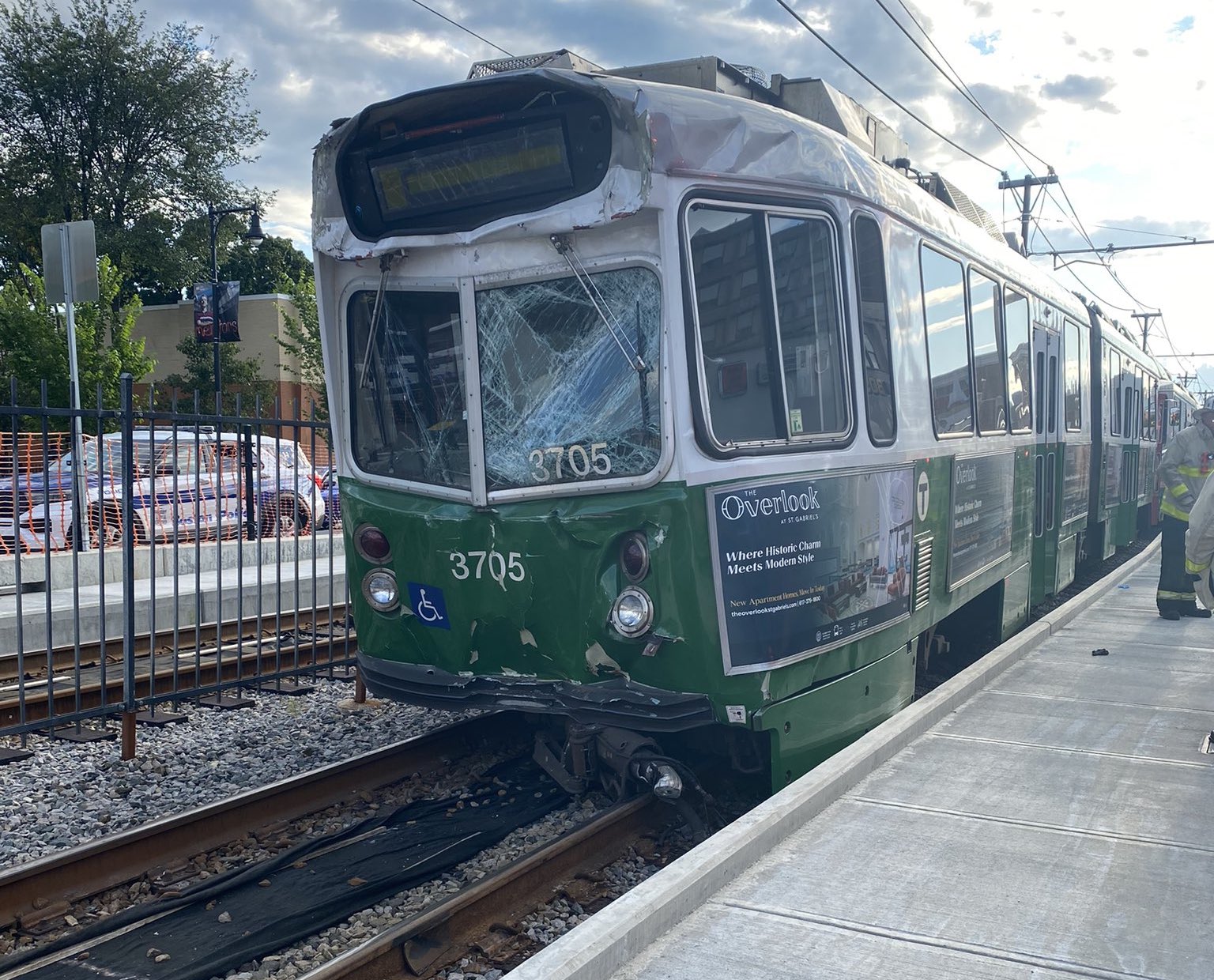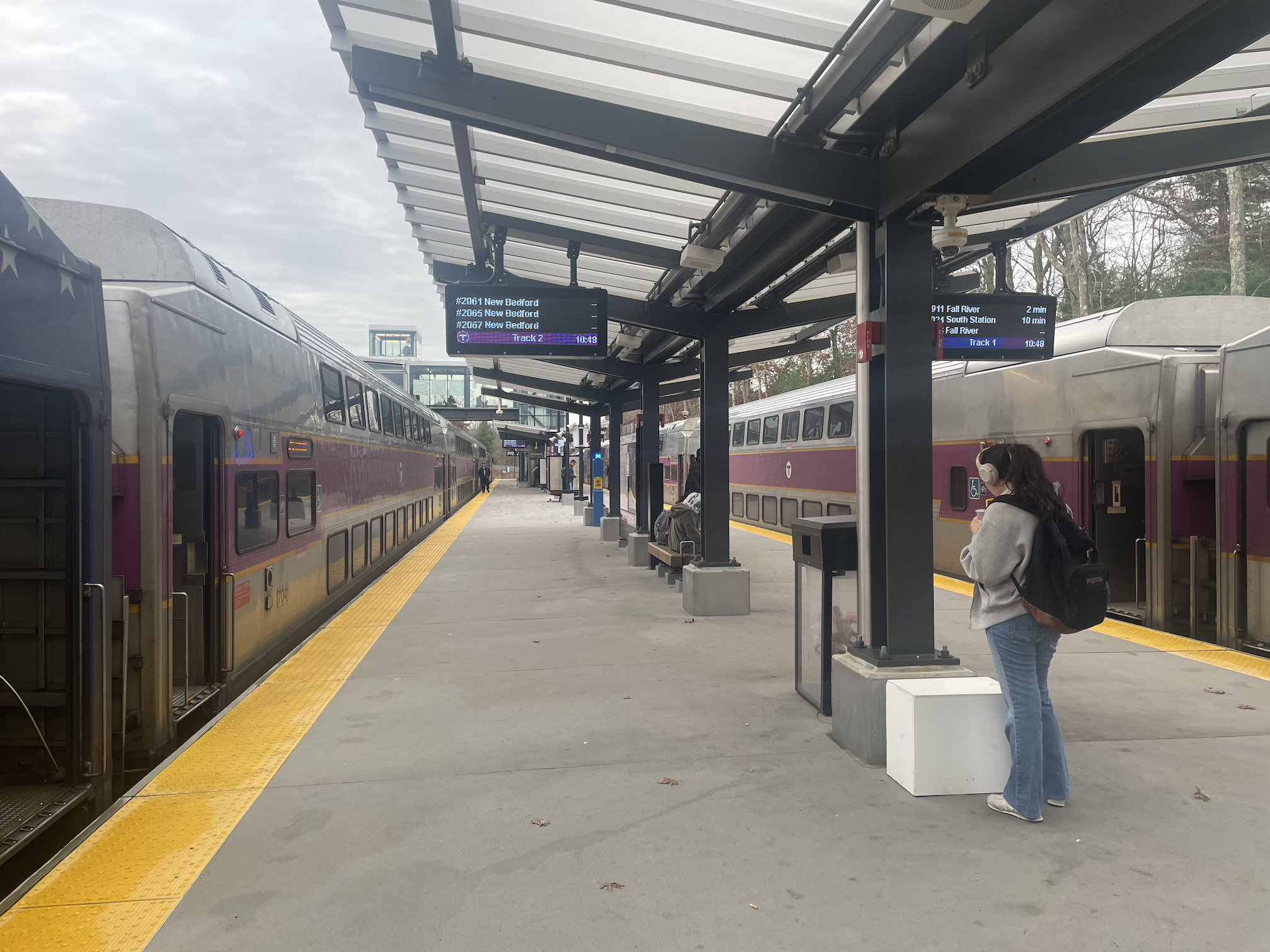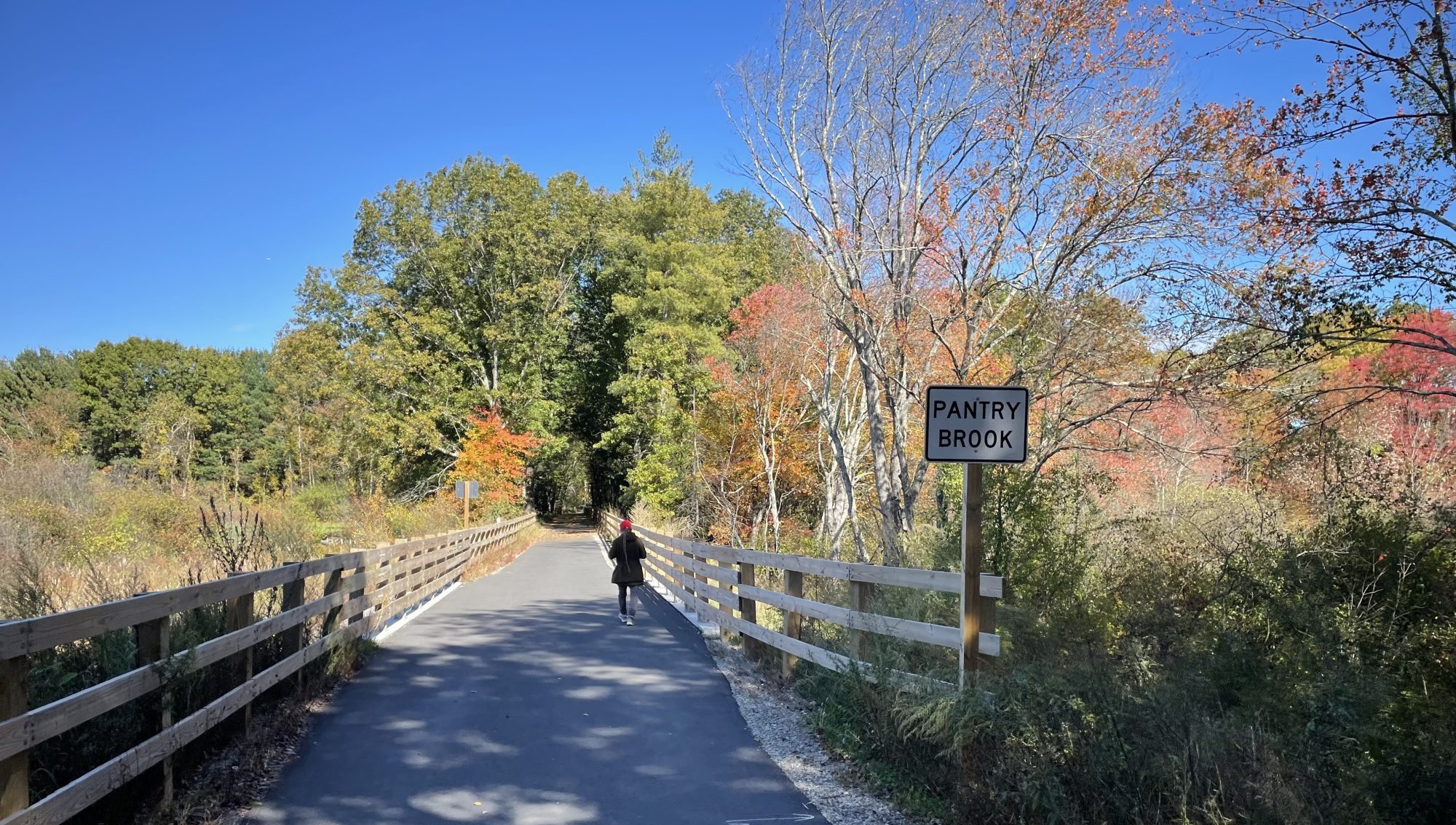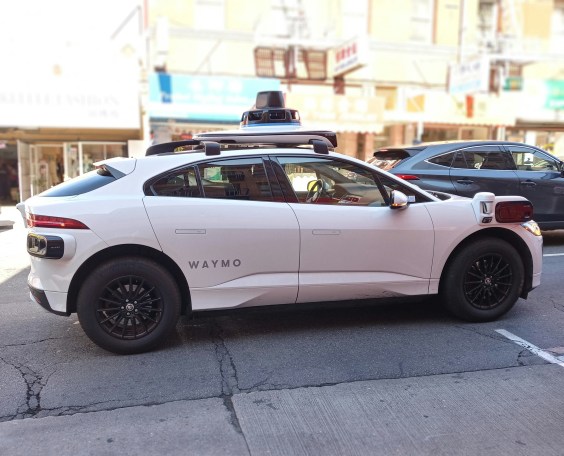On Friday evening, two Green Line trains collided on the B Branch on Commonwealth Avenue, injuring 25 riders.
The incident remains under investigation, but eyewitness reports suggest that one outbound train crashed into a second train that had been stopped on the tracks in the vicinity of Babcock Street, where contractors are in the midst of building a new station.
It was the first major crash on the Green Line in over a decade. In 2008, a crash on the D branch in Newton killed MBTA train operator Ter'rese Edmonds and injured seven passengers. In 2009, another crash near the Government Center station injured 68 riders.
After both of those incidents, the National Transportation Safety Board (NTSB) recommended that the T install a "positive train control" system – technologies designed to prevent collisions between trains – on the Green Line.
But that recommendation languished for over a decade, as the T juggled other pressing priorities and a massive backlog in necessary repair work.
So it's ironic that Friday's crash happened while the T is finally getting ready to upgrade safety systems on Green Line trains.
In January 2020, the MBTA's Fiscal and Management Control Board authorized a contract for a new Green Line Train Protection System, a $170 million project that's scheduled to begin installation next year and be completed by 2024.
The project "is designed to reduce the risk of train collisions by installing signal overrun protection, collision avoidance monitoring, and speed enforcing transponders," wrote MBTA spokesperson Joe Pesaturo in an email to Streetsblog on Monday morning. "Installation of both vehicle-borne (on Green Line trolleys) and wayside (along the track) components is anticipated to begin early next year."
Much like automated braking systems in contemporary automobiles, the Green Line Train Protection System will install new sensors on Green Line trains that can detect trackside stop signals and physical obstructions on the tracks ahead. If the system detects a collision risk, it will alert the operator with an audible alarm signal, then automatically start braking the train to avoid crashes.
It's too early to say whether such a system might have helped prevent Friday's crash, but the NTSB will likely have something to say on the matter. They'll be back in Boston to investigate the latest incident and make yet another round of safety recommendations in the coming months.






